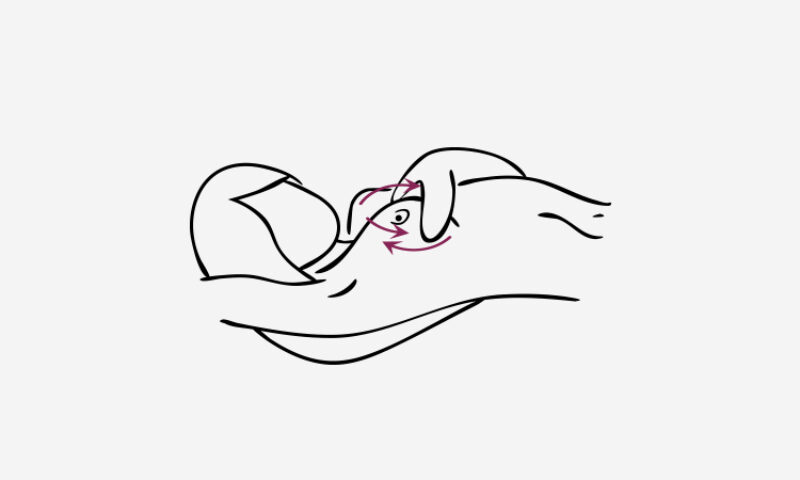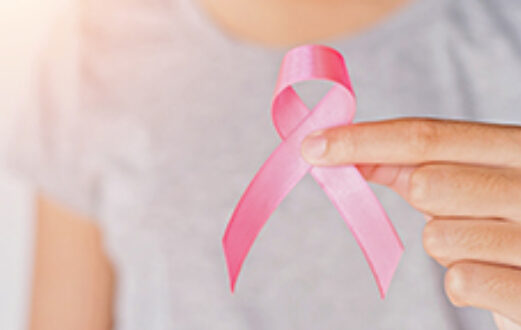How to Self-Check for Breast Cancer

Why You Should Self-Check for Breast Cancer
There are currently more than 3.8 million women in the US who have a history of breast cancer. As the most commonly diagnosed type of cancer in American women, the toll it takes on those affected and their families is tragic and difficult to convey. Early detection of breast cancer gives a woman a 93 percent higher survival rate in her first five years of treatment. This makes it crucial for adult women to self-check for breast cancer often starting as early as age 20.
It’s important to note that self-checks are not definitive ways to identify breast cancer. Instead, they’re a practice of familiarizing yourself with the anatomy of your breasts which allows you to detect lumps or other abnormalities before they turn into an invasive form of breast cancer.
How to Perform a Breast Self-Exam
Promos
"About 85% of breast cancers occur in women who have no family history of breast cancer."
BreastCancer.org
Who Should Self-Check for Breast Cancer
Any woman, with or without a family history of breast cancer, should self-check often. It’s important to note that self-checks are not definitive ways to identify breast cancer. Instead, they’re a practice of familiarizing yourself with the anatomy of your breasts. Improving your familiarity will allow you to detect lumps or other abnormalities before they turn into invasive breast cancer.
Since a woman’s likelihood of developing breast cancer can increase with age, several types of exams are recommended throughout their lifetime.
The American Cancer Society recommends three types of exams at different life stages. Exams such as mammograms are recommended later in life because they are capable of detecting breast cancer that oftentimes cannot be felt during a self-check breast exam.
| Exam | Recommended age | Notes |
|---|---|---|
| Breast self-exam (BSE) | 20+ | Preventative exam. Every year. Report any findings to your primary care doctor. |
| Clinical breast exam (CBE) | 20-39 | Periodic health screening. Every 3 years. |
| Mammogram | 40+ | Periodic health screening. Every year. |
What Should You Do If You Detect Something?
Don't panic. Noticing a lump or abnormality on your breasts can be an alarming moment. Despite that, it’s important to keep in mind that a self-check breast exam is not definitive proof that you are experiencing breast cancer. Always consider allowing a qualified physician to perform a clinical breast exam or a mammogram to provide definitive results.
Remember to prioritize your breast health and don't delay in scheduling an appointment if you notice anything concerning during a self-examination of your breasts.
Schedule a Mammogram
A clinical breast exam or a mammogram are crucial early detection tools that can give you the clarity you need about your breast health. Schedule a mammogram at Schneck today






